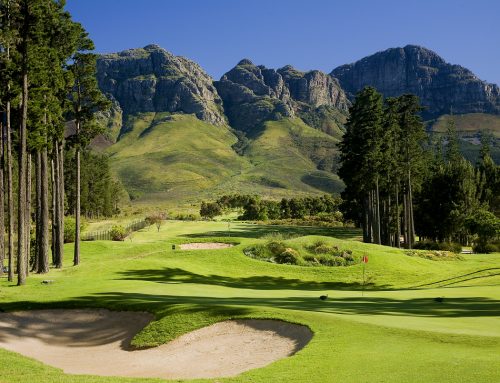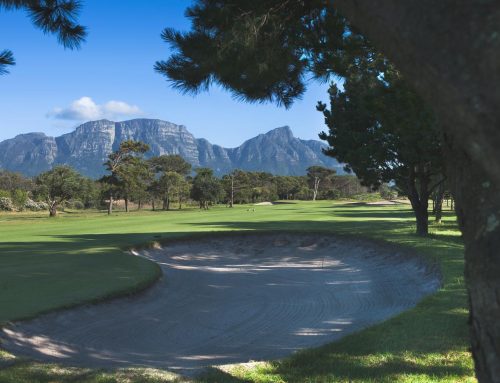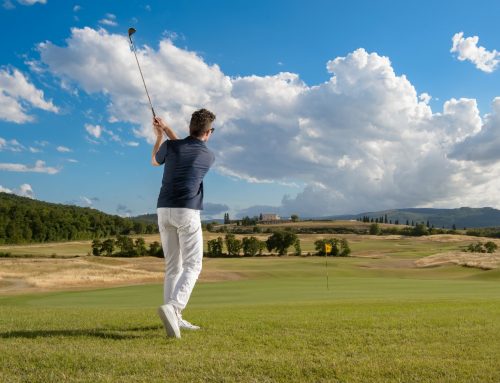Golf doesn’t have the best reputation for being environmentally friendly as it is generally associated with high water consumption, heavy use of fertiliser and destruction of trees to create the fairways, but golf is fighting back.
Through its partnership with the non-profit international GEO Foundation, golf is now striving to emerge as a world leader in sustainable sport.
GEO stands for the Golf Environment Organisation which is dedicated to helping golf courses all over the world deliver and celebrate great golf environments which are proud of their sustainable credentials.
Examples of environmentally friendly golf courses
Hardelot Pines and Dunes in Northern France have achieved the desired standard to be GEO certified.
The Pines was built in 1904, surrounding the small chateau in Hardelot. Recently Hardelot gave over some of its land to the Chateau to protect this cultural landmark.
On the two beautiful courses Hardelot is now using fungicidal treatments that minimise the impact on the environment. Dead wood is sometimes left uncleared to provide valuable habitats and better use of groundwater for irrigation means the lake has been left to develop, already attracting a colony of cormorants.
Tecina Golf on the beautiful island of La Gomera just off Tenerife is taking part in the GEO Foundation’s OnCourse programme, committed to continually improve in the important sustainability areas of nature, water, energy, supply chain, pollution control and community.
Designed by Donald Steel, the 18 holes are surrounded by numerous examples of Canarian plants, such as cardones, tabaibas ass well as fruits such as bananas, avocados and mangos. La Gomera was declared a World Biosphere Reserve in 2012.
The Ladies European Tour
The Ladies European Tour is also leading the way with help from GEO Foundation.
LET’s plan includes
Encouragement for all LET venues to be actively engaged in credible sustainability programmes and ideally accredited to international standards
Guidance made available to staging and promoting teams, to help extend the integration of best practices across key operations, including waste, energy, transportation, catering and water
Joint development of new outreach and legacy opportunities around events, to support local communities and their environments
Guidance and support for communications and spectator engagement
How can I play golf and be kind to the environment?
• Use a sports bottle for your drink rather than buy a single use plastic bottle. If you add some ice cubes the water should stay cool.
• Take your litter home with you – the golf club may not be able to recycle.
• If you are having a drink after your game, try a locally produced brew.
• Enjoy your time on the golf course! Being outside is exceptionally valuable for your mental wellbeing.
• When you get new clubs, sell or give your old ones away rather than throw them away.
• Cut back on golf tops! Clothes should be worn at least 30 times now to be sustainable,




